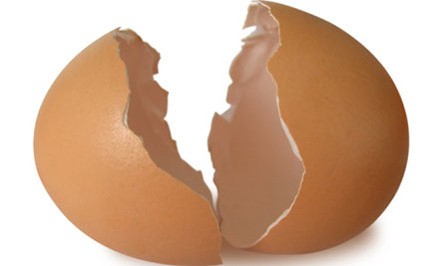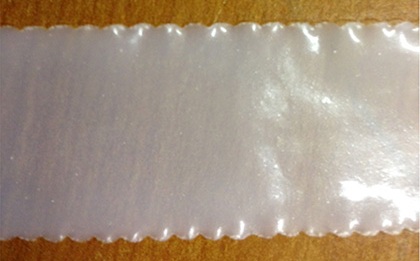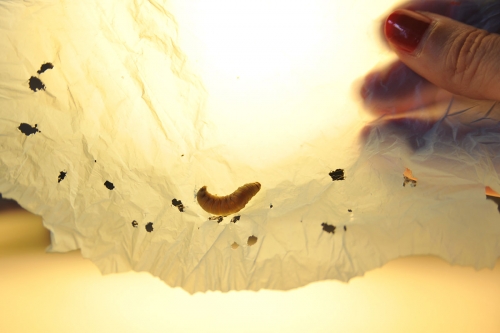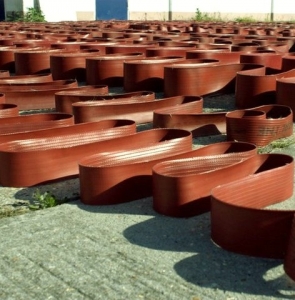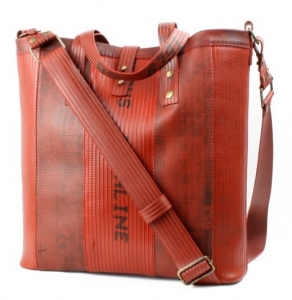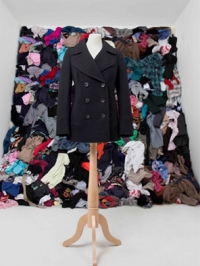…on saturday he ate through one piece of chocolate cake, one ice-cream cone, one pickle, one slice of swiss chesse, one slice of salami, one lollipop, one piece of cherry pie, one sausage, one cupcake, and one sliece of watermelon….and 184mg of supermaket plastic shopping bag.
The Galleria mellonella larva is a very hungry caterpillar indeed. An amateur beekeeper, Federica Bertocchini, happened upon their amazing digesting and degrading abilities when removing parasitic pests from the honeycombs in her hives. The worms were temporarily kept in a typical plastic shopping bag that became riddled with holes. Bertocchini, from the Spanish National Research Council (CSIC), collaborated with colleagues Paolo Bombelli and Christopher Howe at the University of Cambridge’s Department of Biochemistry to show that “The caterpillars are not just eating the plastic without modifying its chemical make-up. We showed that the polymer chains in polyethylene plastic are actually broken by the wax worms,” said Bombelli.
This discovery might lead to a biotechnological solution to the approximately one trillion palstic bags used each year worldwide.
Website link: Caterpillar found to eat shopping bags, suggesting biodegradable solution to plastic pollution, 24th April 2017, University of Cambridge
